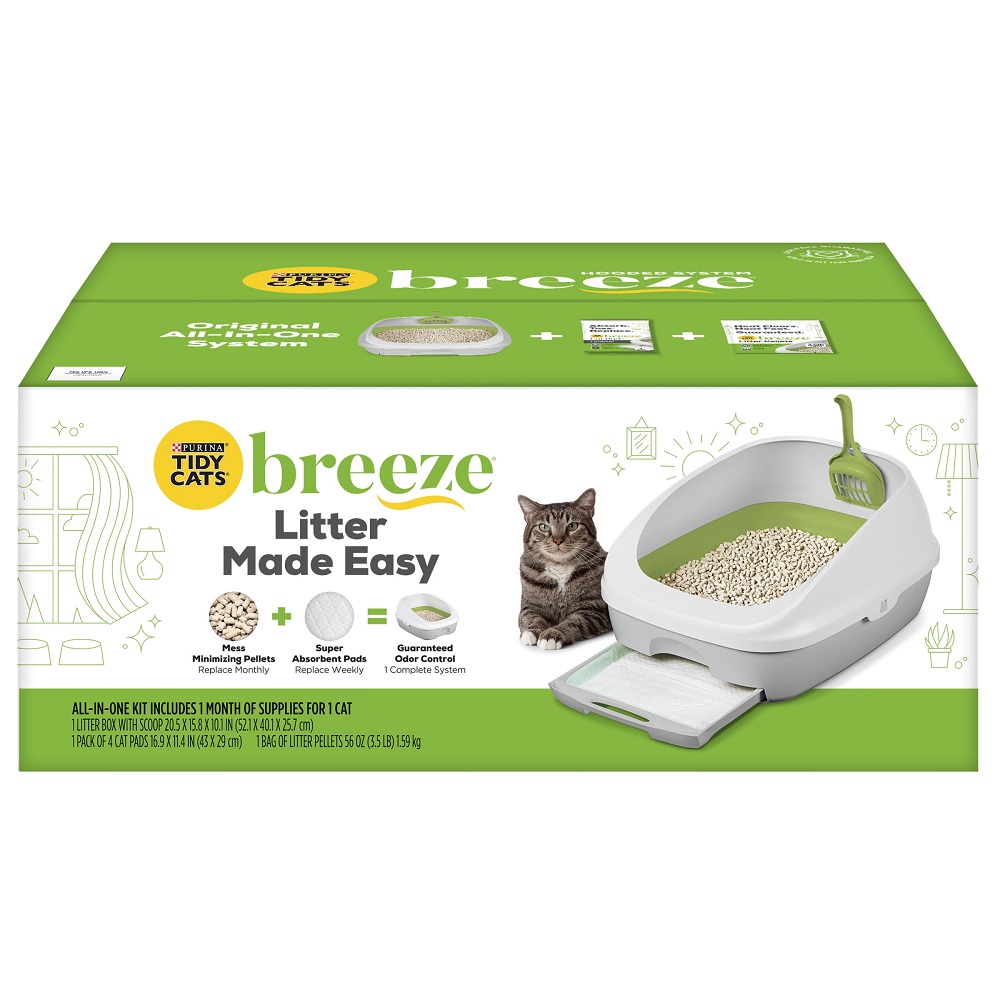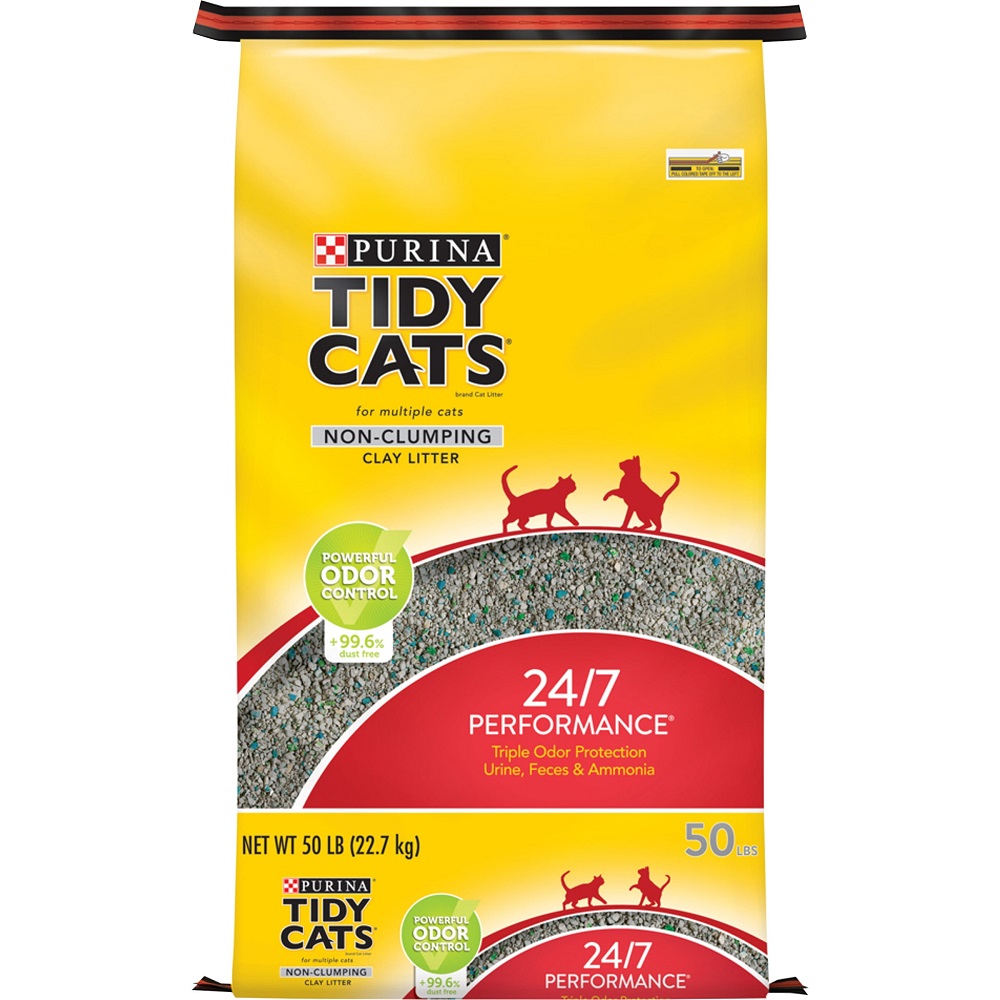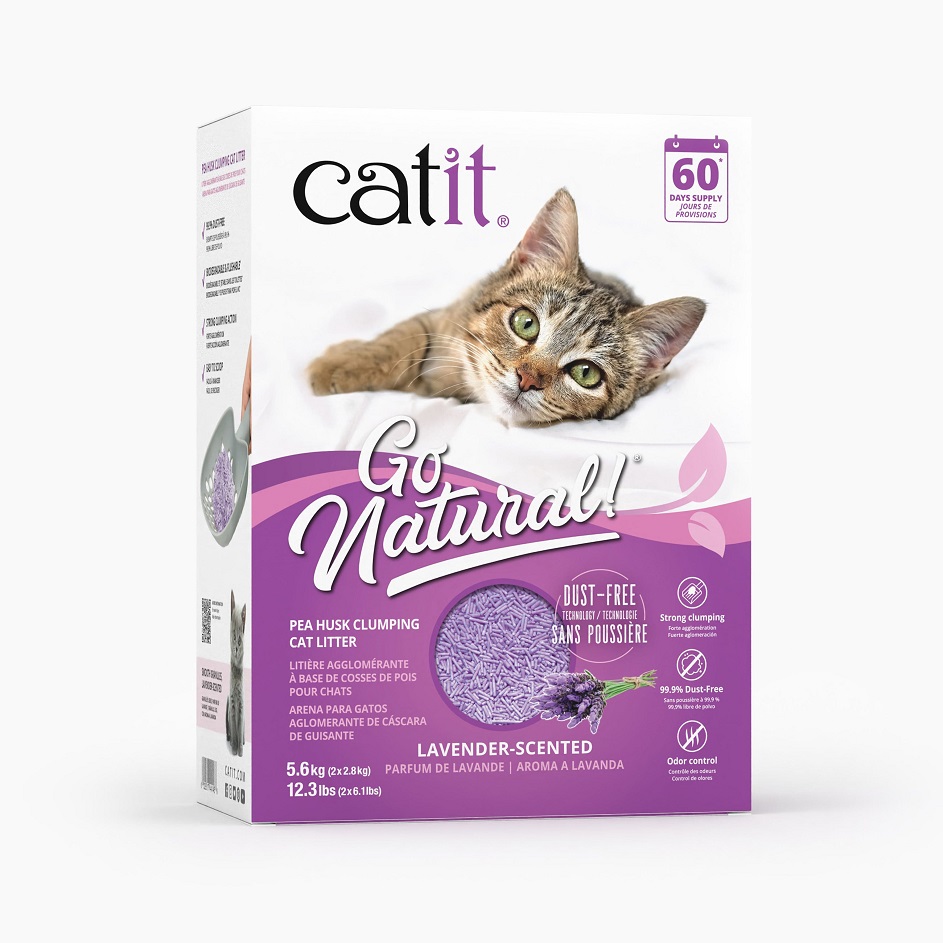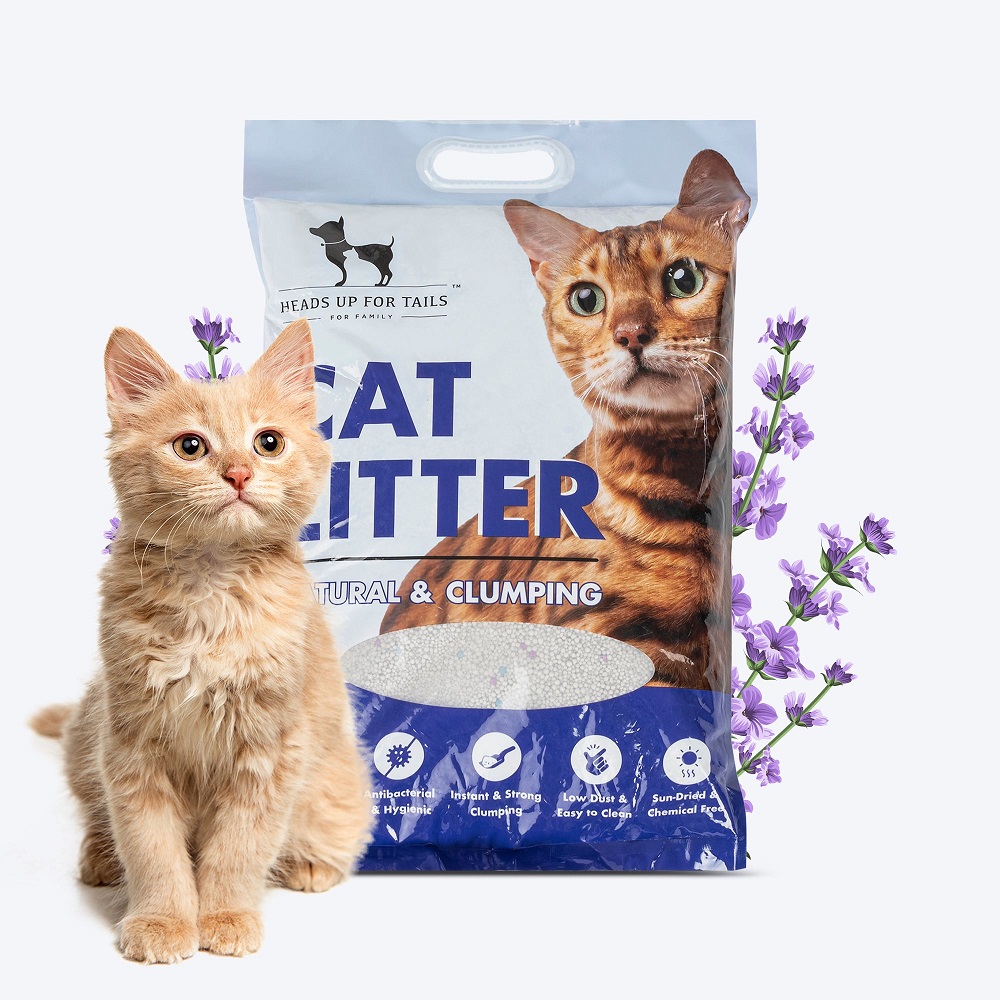The Risks of Contact with Cat Litter While Expecting
Navigating through pregnancy involves taking various safety measures. One area of concern is handling cat litter. For expecting mothers, it’s crucial to understand the risks linked to this household chore. Contact with cat litter can pose a health risk due to the possibility of contracting toxoplasmosis—a parasitic infection that can have serious implications for an unborn child.
Understanding Toxoplasmosis and Pregnancy
Toxoplasmosis is an infection caused by the parasite Toxoplasma gondii. Pregnant individuals need to be aware of this parasite because it can cross the placenta. This crossing can harm the developing fetus, potentially leading to miscarriage or birth defects. Cats can transmit toxoplasmosis if they shed the parasite in their feces. Pregnant people can get the infection by handling infected cat litter. They can also contract it by consuming undercooked meat or unwashed vegetables. Symptoms might be flu-like or may not show at all, but the effects on an unborn baby can be critical. Therefore, knowing the risks and taking the right precautions is imperative for pregnant women.

How Cats Acquire and Transmit Toxoplasmosis
Understanding how cats acquire toxoplasmosis is essential for pregnant and cat litter concerns. Cats contract toxoplasmosis mainly by eating infected prey like birds and rodents. They can also get it from consuming contaminated raw meat or soil. Once infected, they can shed the Toxoplasma gondii parasite in their feces.
It’s a common myth that touching cat litter is the only way pregnant individuals can get toxoplasmosis. In reality, eating raw meat or gardening are more common transmission paths. Pregnant women must know how cats transmit the parasite to take proper precautions.
The Lifecycle of Toxoplasma Gondii in Felines
The lifecycle of Toxoplasma gondii in felines is unique. It begins when cats eat infected material. The parasite then reproduces in the cat’s intestines. Following this, the cat can excrete infectious particles, called oocysts, in its feces.
These oocysts are not initially harmful. They need one to five days to become infective. Once they are harmful, contact with them, directly or indirectly, poses a risk. Pregnant women, therefore, should be cautious around cat litter during this time.
Knowing this lifecycle helps in understanding why indoor cats pose a lesser risk. They are less likely to consume infected material. It’s also why outdoor cats are more prone to contract and transmit the parasite. Pregnant women should take particular care if their cat spends time outside.
Evaluating the Likelihood of Transmission from Cats to Humans
When considering the risk of toxoplasmosis for pregnant individuals, the actual likelihood of transmission from cats to humans is quite low. The Centers for Disease Control and Prevention highlight that transmission is far more common through the consumption of raw or undercooked meat than it is from handling cat litter. Understanding this helps alleviate unnecessary fears for pregnant cat owners.
Factors Reducing the Risk of Toxoplasmosis in Pregnant Women
Several factors significantly reduce the chances of a pregnant woman contracting toxoplasmosis from a cat:
- Indoor Cats: Cats that live indoors and do not hunt are less likely to become infected with T. gondii.
- Immunity: Cats develop immunity after their first exposure to the parasite, making subsequent transmission to humans unlikely.
- Litter Box Hygiene: Diligent daily cleaning of the litter box ensures that oocysts do not reach the infectious stage.
- Safe Feeding Practices: Avoid feeding cats raw meat to minimize their exposure to the parasite.
- Personal Hygiene: Pregnant women who practice good hygiene, particularly washing hands after contact with cats or litter boxes, are at a lower risk.
It’s important for pregnant women to engage in practices that will minimize exposure to toxoplasmosis. By focusing on these preventative measures, the risk associated with cat ownership during pregnancy can be managed effectively.
Best Practices for Pregnant Women with Cats
For pregnant women with cats, certain practices can help minimize the risk of toxoplasmosis transmission. Awareness and precaution can significantly reduce potential dangers associated with cat litter.
Precautions to Minimize Toxoplasmosis Exposure
Here are some key steps pregnant women can take to lower their chances of contracting toxoplasmosis:
- Have others help: If possible, ask someone else to handle cat litter duties.
- Daily litter box cleaning: Oocysts become infective after 1-5 days, so frequent cleaning can prevent infection.
- Wear gloves: Always use gloves when handling litter to avoid direct contact.
- Wash hands: After any contact with a cat, its litter, or even gardening, wash hands thoroughly.
- Avoid raw meat: Feeding cats raw meat can increase their risk of infection which can pass to humans.
- Cook meat thoroughly: To prevent infection through diet, ensure all meat consumed is fully cooked.
- Keep cats indoors: This limits their exposure to T. gondii and consequently, your risk too.
- Cover the litter box: This can help contain any potential oocysts and reduce spread.
Following these precautions will help ensure the health and well-being of both the expectant mother and the unborn child. Remember to maintain good overall hygiene and seek advice from healthcare providers if you have concerns about toxoplasmosis during your pregnancy.
Alternatives to Handling Cat Litter During Pregnancy
When you’re pregnant, reducing contact with cat litter is a smart move. This minimizes toxoplasmosis risk. Consider alternatives if you must manage the litter box alone. These include using self-cleaning litter boxes or litter box liners for easier disposal.
Options When No Help is Available for Litter Box Maintenance
If you lack support with the litter box, don’t worry; you have options. You can wear disposable gloves and a mask to limit exposure while changing litter. Use a scooper with a long handle to keep distance. Replace used litter with fresh, clean litter often. After finishing, wash your hands well with soap and water. Look for cat litters designed to control dust and oocysts spread. Lastly, place the litter box in a well-ventilated area to reduce breathing in any harmful particles.
Common Misconceptions about Cats and Pregnancy
Many people worry about the risks of owning cats during pregnancy. One major concern is the need to rehome cats to avoid toxoplasmosis. However, this extreme measure is often based on myths rather than facts. Understanding the truth can ease your mind and allow you to keep your furry friend at home.
Debunking the Myth of Needing to Rehome Cats
The idea that pregnant individuals must give away their cats is a misconception. This mistaken belief stems from concerns about toxoplasmosis transmission. Research shows that owning a cat does not significantly increase the risk of contracting toxoplasmosis. In fact, the Centers for Disease Control and Prevention consider eating raw meat or gardening as greater risks.
Indoor cats rarely carry the Toxoplasma gondii parasite. This is especially true if they do not hunt or eat raw meat. Worrying about cats and pregnancy often comes from a lack of understanding. By knowing the real ways toxoplasmosis spreads, you can safely enjoy your cat’s companionship. Awareness and precaution are key, not giving up your beloved pet.
If you already own a cat and become pregnant, there is no need to panic. Use good hygiene and follow the precautions outlined for handling litter. Keep in mind that the risk of getting toxoplasmosis from your cat is quite low. Furthermore, most cats who have had the infection once develop immunity. This makes it unlikely for them to transmit the parasite again.
In short, you do not have to rehome your cat if you become pregnant. Instead, focus on proper hygiene and safe practices to reduce risk to an absolute minimum.
Protecting Yourself and Your Baby
Keeping both mother and baby safe from toxoplasmosis is crucial during pregnancy. There are effective strategies to reduce infection risk.
Strategies for Reducing Risk of Infection
To safeguard against toxoplasmosis, pregnant women can adopt several strategies:
- Delegate litter duties: Ask family or friends to clean the cat litter box.
- Daily litter maintenance: If you must clean it, do so every day to prevent oocyst development.
- Use of protective gear: Always wear gloves when near cat litter; consider a mask as well.
- Strict hygiene: Wash hands meticulously with soap and water after any possible exposure.
- Dietary precautions: Avoid undercooked meats and unwashed fruits or vegetables.
- Keep cats indoors: Prevent them from hunting and reduce your risk of exposure.
These steps can help diminish the chances of getting toxoplasmosis while ensuring a healthy pregnancy environment.
The Importance of Consulting Healthcare Providers
When you’re pregnant, your health and your baby’s well-being are the top priorities. If you have a cat, you might worry about the risk of toxoplasmosis. It’s vital to seek advice from your healthcare provider for the best ways to stay safe.
Seeking Medical Advice for Toxoplasmosis Concerns During Pregnancy
It’s wise to talk to your doctor about toxoplasmosis if:
- You own or are around cats.
- You have concerns about your health.
- You want to learn safe practices for handling cat litter.
Your healthcare provider can offer tailored advice. They can also test you for toxoplasmosis immunity. If you need to change litter yourself, your provider can guide you on how to do it safely. Remember, your doctor is there to help ensure both you and your baby stay healthy throughout your pregnancy.




